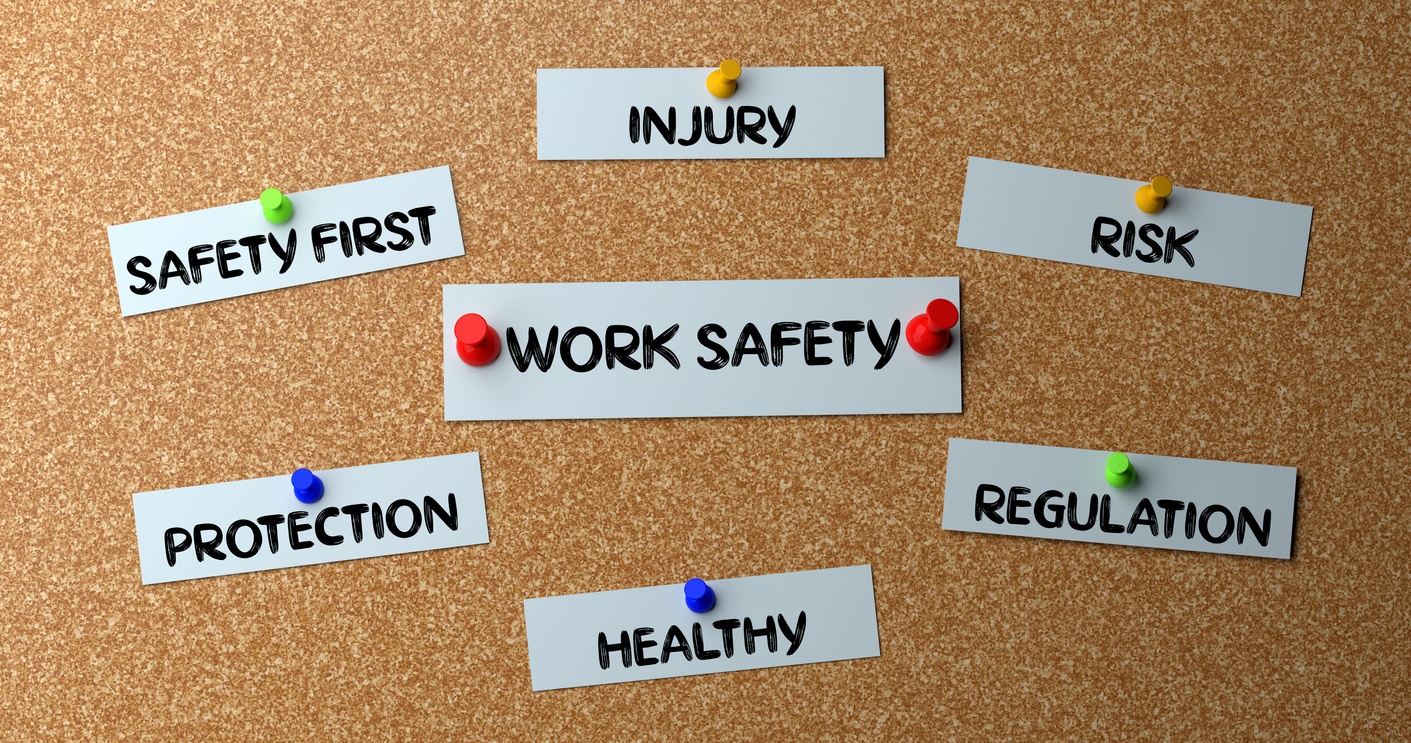4 Tips for Implementing a Workplace Safety Program

Workplace safety is always a paramount concern, regardless of the size and nature of your operations. Santa Fe Risk Management can help you deal with safety-related issues in the workplace, although implementing your own in-house strategy is always a good idea.
Here are the steps to developing an effective workplace safety program:
-
Commit to safety in the workplace
The first and most crucial step in implementing a workplace safety program is making a commitment to safety in the workplace. Demonstrating your focus, drive, and dedication will increase awareness of this initiative’s importance among employees. It will also help establish workplace safety as a value that encompasses the entire company and all its operations.
One way to demonstrate your commitment is to include a clause in your mission statement signifying your focus on prioritizing workplace safety. This step is initially directed toward management, who will be expected to spearhead safety values through their words and actions.
Beyond encouraging employees to practice proper safety protocols, company management should take a proactive approach to instill safety values. Conducting periodic inspections and investigations of accidents and safety-related incidents will help establish safety as a company-wide concern.
-
Assess existing hazards and risks in the workplace
The next crucial step is to make a thorough assessment of potential risks and hazards in the workplace. Depending on the company’s size and scope, it may be necessary to have the evaluation performed by a professional.
Apart from the professional assessment, it may also be beneficial for the management team to survey company employees to communicate specific safety concerns.
Providing employees with the opportunity to bring up risks that could potentially affect them will go a long way in improving workplace safety. In any case, it is especially beneficial to provide the opportunity to do so anonymously.
The importance of getting employee feedback and opinions cannot be overstated. Keep in mind that your employees are the ones who are subject to workplace risks and hazards.
Furthermore, employees face these challenges daily. Therefore, they are in a better position to provide in-depth insights on safety issues than anyone else. All factors being equal, employees will be better able to identify and communicate safety-related problems that may not be apparent to others.
Whether the assessment is performed by a professional or company employees, it will be necessary to distinguish between the different safety risks. These generally fall into three broad categories:
- Workplace hazards that pertain to the building’s layout and design
- Activity hazards involving machinery and heavy equipment
- Environmental hazards that involve air quality and related health risks
Identifying the areas in which specific risks belong will make it easier to develop effective strategies for addressing them.
-
Develop safety program guidelines
After making a thorough assessment of your workplace hazards, the next step is to put together your safety program guidelines. This will serve as a blueprint by which management and employees can practice effective safety and risk prevention strategies.
Your safety guidelines should be written down and disseminated throughout your company. It will have to assign accountability to every member of the workforce, each of whom will have clearly defined job descriptions.
The guidelines you put together should identify and describe specific issues pertaining to safety and health practices in the workplace. Each of these issues should have the requisite tasks associated with them, along with the members of the workforce or the department responsible for carrying them out.
It is vital to have safety and health issues and requirements laid out in writing. Doing so will ensure effective implementation and reduce confusion and misinterpretation among management and company employees.
-
Implement employee training and education
Finally, you will have to implement employee training and education. Even after laying out safety and health issues and responsibilities in writing, you will have to ensure that your workers are thoroughly informed and knowledgeable in essential aspects.
Training usually takes place upon hiring. However, it is always a good idea to provide supplemental training every time there is a procedure change. Additional training may be provided in the following situations:
- When employees are transferred
- When new machinery or equipment is acquired
- When new hazards are identified
- When new procedures require refresher training
Workplace safety is an ongoing concern that requires a proactive approach to identifying and mitigating risk. By adopting a conscious and committed strategy to addressing risks and hazards in the workplace, you will be better able to deal with any issues that may come up.
About Daniels Insurance, Inc.
At Daniels Insurance, Inc., we have a unique understanding of the risks that businesses like yours face on a regular basis. With the backing of our comprehensive coverages and our dedication to customer service and quick claims resolution, your business will be fully protected. For more information, contact us today at (855) 565-7616.
